12 Dec Forbes: Build A Powerful Campaign Via On- And Off-Amazon Marketing Tactics, Part One

Nicolas Martinez, Vice President of Marketing, VENDO.
Published in Forbes, June 14, 2022 | Article Link: View
In the Amazon world, people are always telling you what you can’t do. You can’t remarket to your Amazon customers, you can’t get your customers’ emails or phone numbers, you can’t track sales attribution from off-Amazon ads well, etc.
Well, I say, screw that. Grab hold of the reins and control your destiny! How? By treating your Amazon business as if it were an online direct-to-consumer (DTC) business and thinking outside of the box, all while strategically tapping into the Amazon algorithm and consumer psychology.
In this two-part series, I will dig into various tips for building a successful, comprehensive Amazon marketing campaign. We will cover everything from maximizing your on-Amazon placements to leveraging your off-Amazon traffic drivers. Whether it’s for a new product launch, a themed event, a sale or something else, you won’t want to miss out.
While innovative off-Amazons strategies can be a great way to drive hyper-growth and get a unique competitive edge, they would be nothing without a strong on-Amazon setup. So, for part one of this series, we will discuss setting up a solid campaign foundation with on-Amazon marketing.
On Amazon, you have several different deal types to choose from that have various pros and cons for the specific campaign at hand. There is a lot that can be reviewed, so let me run through some of the main callouts you should consider.
First, let’s start with the types that you can set up without Amazon providing eligibility preapproval. The first is Prime Exclusive Discounts (PEDs). Restricted to Prime members, the PED customer base makes up most of Amazon’s customers and has a much higher intent to purchase, thereby driving up conversion rates (CVRs). For events with mid-to-large discounts (20%-plus), this is the preferred deal type.
The second is coupons. Coupons can be made available to all customers and restricted to one use per customer (keeping in mind they must be refreshed at least every 90 days) as well as a max budget, so they are typically preferred for longer-length campaigns with smaller discounts (5%-plus). Third, are slash-through sales. This is a traditional sale that shows the original price slashed through and the percentage discount. Due to the additional benefits of the other deal types, this is the last option.
Next, let’s discuss deal types that require Amazon eligibility preapproval based on internal thresholds, such as sales velocity. First, Lightning Deals (LD). Essentially flash sales, they run for 12 hours and have a limited quantity available, which is communicated to the consumer via a countdown bar and remaining inventory tracker. They are typically preferred for quickly boosting sales velocity on hero products with deep discounts (30%-plus).
A similar deal type is 7-Day Deals (7DD). Formerly known as “Best Deals” in the Seller Central world, these deals are most useful for hero products and mid-to-large discounts (20%-plus). And finally, are Deals of the Day (DOTD). These deals have very high sales requirements that make them available only for hero products and deep discounts (30%-plus). They are preferred for quickly—and greatly—boosting sales.
Now that you’ve got the deal types down, let’s dig into traffic drivers to maximize discoverability and conversion. First, we will cover the two fundamentals: Search engine optimization (SEO) and on-Amazon advertising.
Ultimately, SEO is king on Amazon. Understanding the algorithm and its intricacies will always be vital to success. So, in that spirit, you will want to ensure that if the campaign theme has any high-value relevant keywords, you optimize the product page (front end and/or back end) with these so that your product indexes for search.
If it is extremely relevant, consider adding it to the title, keeping in mind that only around the first 10-15 words will show up in search results, as well as ads, so if your aim is for it to help consumer click-through, they should be added in the front. From a strictly algorithmic optimization perspective, the first 40 characters are the most important. For Amazon advertising, consider targeting keywords relevant to the campaign. Regardless, increase ad spend and bids to drive more traffic.
Now that we have these two on-Amazon fundamentals covered, let’s explore some more unique ways to drive awareness and traffic. If you have a brand store, consider building out a landing page dedicated to the campaign theme. Add in creative that will drive the theme home and resonate with the consumer. To drive additional traffic to this page, create ads with custom copy that further speak to the campaign theme. This creates a consumer journey that is very cohesive and seamless, thereby driving up the click-through rate and conversion rate.
Recently, Amazon launched “Manage Your Customer Engagement.” After having closed off the ability to market to your customers within Amazon’s ecosystem, this is Amazon’s first major indication that they are evolving to allow sellers to remarket. With this beta, you can send emails to your Amazon followers for new product launch, event-based sales that Amazon approves and, recently, for 7-Day Deals.
If you want to create awareness among new-to-brand consumers, then Amazon Live (think QVC-meets-Amazon) could be a good fit. I recommend researching and sourcing influencers in this Amazon-native program so they can promote your deal on their show. If running an LD, 7DD or DOTD and working with an A-list live streamer, you even have the opportunity to have your deal promoted on the deals page, which is the most visited page on Amazon after the homepage.
Lastly, there are paid programs such as LaunchPad and SAS Core. With these programs, you have the opportunity to sign up for any applicable events so you can be featured by Amazon on landing pages, as well as receive additional marketing support.
With this wide array of options, you have all you need to run a successful on-Amazon campaign. However, look out for part two of this series where I will dig into various strategies to leverage off-Amazon traffic drivers (i.e., paid social, organic social, influencers, PR, etc.). You won’t want to miss out on these golden nuggets!











No Comments